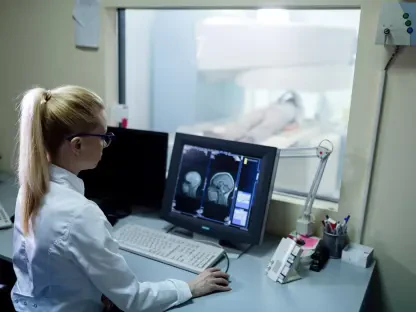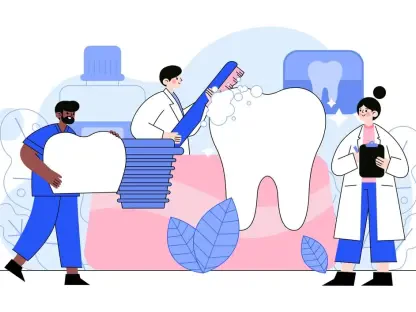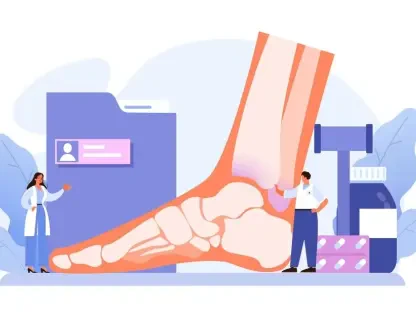Welcome to an insightful conversation with Faisal Zain, a renowned healthcare expert specializing in medical technology. With years of experience in the manufacturing of diagnostic and treatment devices, Faisal has been at the forefront of innovation in the medical field. Today, we dive into the complex world of medical emergencies, health insurance challenges, and the high costs of critical treatments, inspired by a unique case involving a tourist’s unexpected encounter with a wild bat and the staggering medical bills that followed. Our discussion explores the intricacies of emergency care, the importance of timely insurance coverage, and the financial burdens patients often face in such situations.
How do unexpected medical emergencies, like an encounter with a wild animal, highlight the gaps in health insurance coverage for many individuals?
Unexpected emergencies, such as an encounter with a wild animal, really expose how fragile the safety net of health insurance can be. Many people don’t realize that even with a policy in place, there can be waiting periods or specific exclusions that leave them vulnerable. In cases like a potential rabies exposure, time is critical, and treatment can’t wait for paperwork or approvals. I’ve seen how patients, especially those who’ve recently lost employer-based coverage, often underestimate the risk of going uninsured, even temporarily. The reality is that emergency treatments, especially for something rare like rabies, can cost tens of thousands of dollars, and without proper coverage, individuals are left with crushing debt. It’s a stark reminder of how essential it is to understand policy details before a crisis hits.
What can you tell us about the medical urgency and complexity of treatments like rabies prevention, and why they come with such a high price tag?
Rabies prevention, or post-exposure prophylaxis, is a fascinating yet daunting process from a medical technology standpoint. It typically involves a series of four vaccine doses over two weeks, often paired with immunoglobulin injections to boost antibodies immediately after exposure. The urgency comes from the fact that rabies is nearly 100% fatal once symptoms appear, so treatment must start as soon as possible, even if there’s no visible bite or scratch. The high cost—often in the tens of thousands—stems from several factors. Immunoglobulin, for instance, is derived from the plasma of vaccinated individuals, making it incredibly expensive to produce and store. Add to that the emergency room fees, as these treatments are often administered in hospitals, and the specialized nature of the drugs, and you’ve got a perfect storm of high expenses. It’s a life-saving necessity, but the financial burden can be overwhelming.
From your perspective in medical technology, how do hospital systems and manufacturers balance the need to keep critical supplies like rabies immunoglobulin on hand with the reality of their high costs?
It’s a challenging balance. From the manufacturing side, producing something like rabies immunoglobulin involves complex processes and strict regulatory standards, which drive up costs. We also face the issue of low demand—rabies exposure cases are rare in the U.S., with fewer than 10 fatalities annually—so there’s little economy of scale. Hospitals, on the other hand, must stock these expensive biologics despite infrequent use because the alternative—not having them available during a critical moment—could mean a patient’s death. In my experience, manufacturers work with healthcare systems to ensure supply through strategic partnerships, but the costs often get passed down to patients or insurers. It’s an imperfect system, and we’re constantly exploring ways to make these treatments more affordable without compromising availability.
How do waiting periods and policy limitations in health insurance plans impact patients who need immediate care after an incident like a potential rabies exposure?
Waiting periods and policy limitations can be devastating for patients needing immediate care. Most insurance plans, especially those purchased individually, don’t kick in right away—often there’s a 30-day delay or specific exclusions for pre-enrollment incidents. In the case of something like rabies exposure, where treatment must start within days, patients can find themselves stuck with massive bills because their new policy won’t cover the care retroactively. I’ve seen how this creates a catch-22: people think they’re doing the right thing by buying insurance after an incident, only to learn it doesn’t apply. It’s a systemic issue that underscores the need for better education about coverage options like COBRA, which can offer retroactive protection if enrolled within the 60-day window. Without that safety net, patients are often left to navigate appeals or payment plans on their own.
What role do you think education and awareness play in helping individuals make informed decisions about health insurance, especially during life transitions like job loss?
Education and awareness are absolutely critical. Many people don’t fully grasp their options when they lose employer-based coverage, like the fact that COBRA allows a 60-day window to enroll with retroactive coverage. In my work, I’ve seen how a lack of understanding leads to risky decisions, such as going uninsured temporarily because someone feels healthy or expects to find a new job soon. We need more outreach—whether through employers, government programs, or even healthcare providers—to explain the real risks of being uninsured and the alternatives like marketplace plans with subsidies under the Affordable Care Act. If individuals understood the financial devastation of an uncovered emergency, they’d be more likely to prioritize coverage, even if it means a monthly expense during a tough time.
What is your forecast for the future of emergency medical costs and insurance coverage in the U.S., given the challenges we’ve discussed today?
Looking ahead, I think we’re at a crossroads with emergency medical costs and insurance coverage in the U.S. On one hand, advancements in medical technology will continue to drive up costs for specialized treatments like rabies prevention, as innovation often comes with a high price tag initially. On the other hand, there’s growing pressure to reform how insurance handles emergencies, especially with more people advocating for transparency and shorter waiting periods. I foresee a push toward more comprehensive, immediate-coverage options, possibly through legislative changes or innovative insurance products. However, without systemic changes to how we price and distribute critical drugs, costs will likely remain a burden for patients. My hope is that manufacturers, insurers, and policymakers can collaborate to create a more equitable system where life-saving care doesn’t come with life-altering debt.









